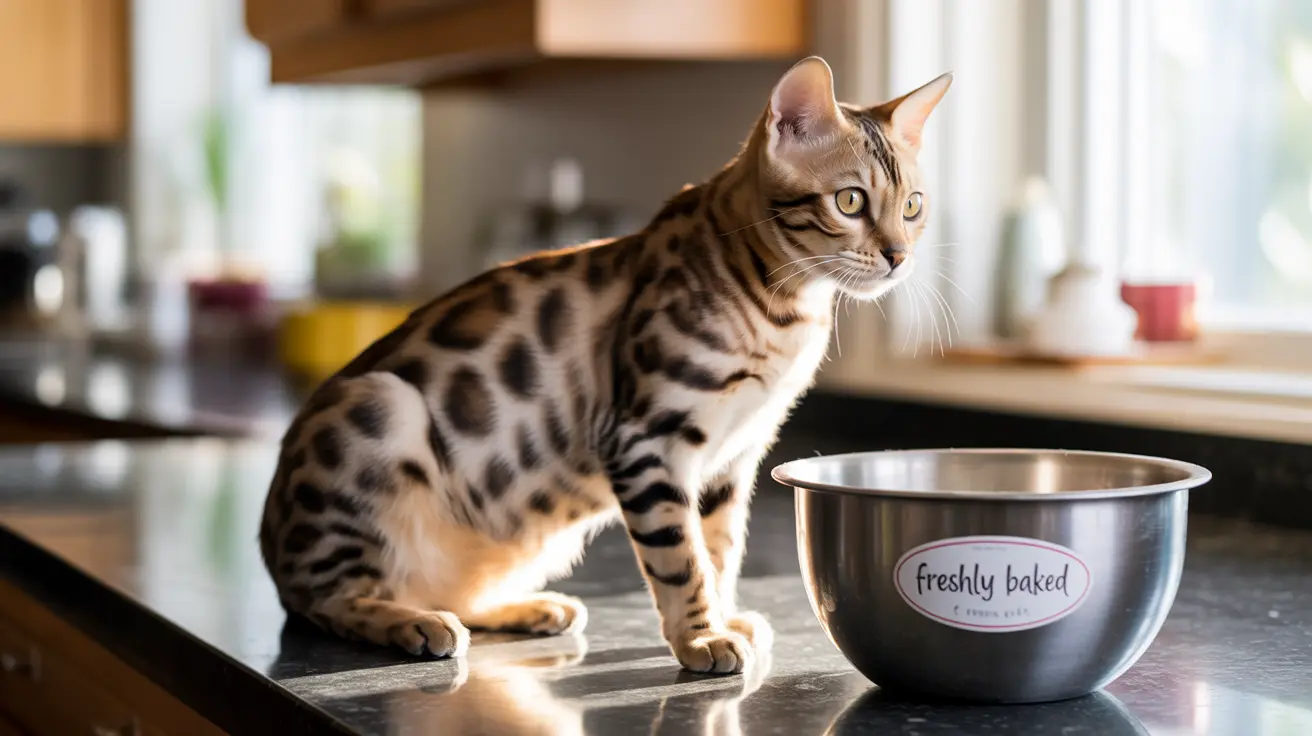For many cat owners, finding their feline friend perched on kitchen countertops is a familiar sight. Whether this behavior should be allowed or discouraged is a complex issue that involves balancing natural feline instincts with household hygiene and safety concerns. This comprehensive guide explores the reasons behind this common behavior and helps you make an informed decision for your home.
Understanding Why Cats Love Countertops
Cats are naturally drawn to elevated surfaces, and kitchen counters present an irresistible combination of height and interesting activities. Their instinct to seek high vantage points stems from their wild ancestors, who used elevated positions for safety and hunting advantage. In our homes, countertops offer cats a perfect observation post to monitor their territory and household activities.
The Natural Instincts at Play
- Survey their environment
- Feel secure from potential threats
- Monitor household activities
- Access interesting objects and smells
- Exercise their natural climbing abilities
Benefits vs. Risks of Counter Access
Potential Benefits
- Enhanced environmental enrichment
- Greater feeling of security
- Better exercise opportunities
- Stronger bond with family members through shared spaces
Health and Safety Concerns
- Bacterial contamination from litter box paws
- Potential exposure to harmful foods or cleaning products
- Risk of burns from hot surfaces
- Possibility of injury from sharp objects
- Cross-contamination during food preparation
Creating a Cat-Friendly Environment
- Install cat trees near kitchen areas
- Mount window perches
- Create dedicated cat shelving
- Provide scratching posts with elevated platforms
Managing Counter-Climbing Behavior
- Use double-sided tape or aluminum foil as deterrents
- Provide positive reinforcement when cats use appropriate spaces
- Install motion-activated deterrent devices
- Keep counters clear of attractive items
- Maintain consistent household rules
Maintaining Kitchen Hygiene
- Sanitize surfaces before food preparation
- Use pet-safe cleaning products
- Clean counters multiple times daily
- Consider antimicrobial counter materials
- Keep cutting boards stored away when not in use
Frequently Asked Questions
Why do cats like to jump on kitchen countertops?
Cats are naturally drawn to high places for safety, observation, and territory control. Kitchen counters offer an elevated vantage point and interesting smells and activities, making them particularly attractive to curious felines.
Are cats on counters a health risk for humans and pets?
Yes, cats on counters can pose health risks through bacterial transfer from paws, particularly from litter box residue. This is especially concerning for food preparation areas and can be particularly risky for immunocompromised individuals.
What are safe and effective ways to keep my cat off the kitchen counter?
Effective deterrents include double-sided tape, aluminum foil, commercial deterrent mats, and motion-activated air sprayers. Providing attractive alternatives like cat trees and window perches, combined with positive reinforcement, can help redirect this behavior.
Can allowing cats on counters provide any benefits for their comfort or safety?
Yes, counter access can provide cats with environmental enrichment, exercise opportunities, and a sense of security. However, these benefits can be achieved through safer alternatives like cat-specific furniture and climbing structures.
How should I clean and protect my countertops if my cat frequently jumps on them?
Use pet-safe disinfectants to clean counters regularly, especially before food preparation. Consider using cutting boards for food prep and storing them away when not in use. Maintain a consistent cleaning schedule and use appropriate sanitizing products.
Conclusion
Whether to allow cats on counters is a personal decision that depends on your household's specific circumstances, hygiene preferences, and your cat's personality. Whatever you decide, ensure you're providing appropriate alternatives for your cat's natural climbing instincts while maintaining a clean and safe environment for all family members.






